Digital avatars, NFTs, metaverses: how technologies are developing in the media industry

In the era of consumption and the experience economy, the sophisticated viewer wants to see an exciting, bright, non-banal product. Technology is coming to the aid of directors and producers. They help to achieve a result that until recently was difficult to imagine even in the most daring forecasts.
Among the most promising technologies in the media industries, experts highlight:
- Immersive technologies (VR, AR, etc.);
- Web3, including NFT;
- Digital avatars;
- Generative technologies;
- Recommender systems.
For Gazprom-Media Holding, the use of technology is one of the main directions of its development strategy. We tell you what the essence of the latest innovations is and how the holding managed to integrate them into work.
Immersive technologies
VR and AR
Augmented reality (AR) technology allows you to combine the physical world with digital elements. Sounds, texts, animations, videos are displayed on top of the real world image. Virtual Reality (VR) technology immerses the viewer in the entire digital world.
Both technologies were used in the new NTV show Avatar. In the project, digital avatars of artists performed on stage, while the singers themselves were in a special VR studio. The animation of the characters took place in real time, and thanks to the effect of mixed reality (Mixed Reality / MR), avatars interacted with everyone around them.
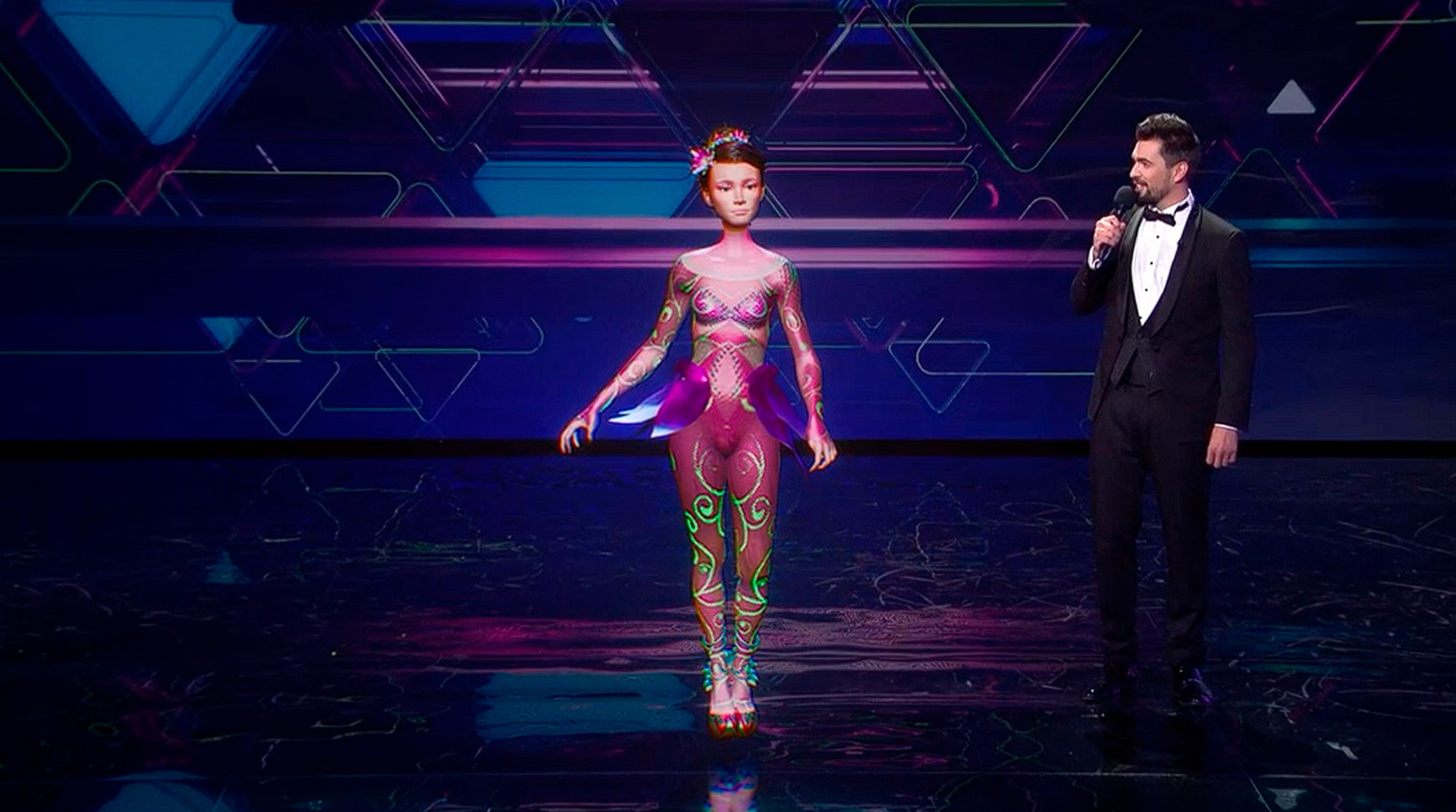
"Show Avatar" from NTV
Technology also helped the film crew of the film "Peter I. The Last Tsar and the First Emperor" to tell about the events of 300 years ago, recreating unique historical events: the Battle of Narva, the Battle of Azov, the capture of Noteburg and other battles
Head of Digital Laboratory GPM CI
Virtual Studios
VR technologies are also used in information broadcasting. So, in 2021, NTV opened a VR studio for the Central Television program, where a wide variety of objects are visualized using innovative methods - aircraft, cars, military equipment and people. This became possible thanks to a device developed using stYpe technology. It is mounted on a camera, which is mounted on a telescopic crane. The signal about the camera position and focus is transmitted to a special computer, which processes the received information in the 3D modeling software package VR "Kerot".
Spectators saw the Match TV virtual studio during the Beijing Olympics. The presenters were surrounded by virtual screens, and in some editions their partner was the digital panda Bao-Bao. A special studio "Match TV" was also prepared for the World Cup in Qatar. The presenters talked about the main events of the World Cup against the backdrop of the landscapes of the Middle East.
Head of the Center for Experimental Technologies of the Digital Laboratory of GPM CI
Metaverses
Metaverses are digital worlds in which people interact with each other through avatars, buy virtual goods in real time. Thanks to the metaverse, companies create a unique image that represents the brand better than traditional advertising.
In February 2022, the channel "Subbota!" held a presentation of the series "My Fair Strashko" in the Roblox metaverse. A virtual district of Moscow has appeared in the digital world with a cinema, food courts, banners with promotions and promo codes for event partners. A personal digital avatar was created for each of the guests, and the main event of the presentation was the performance of the singer Mary Gu with the song "If Love Lives in the Heart".
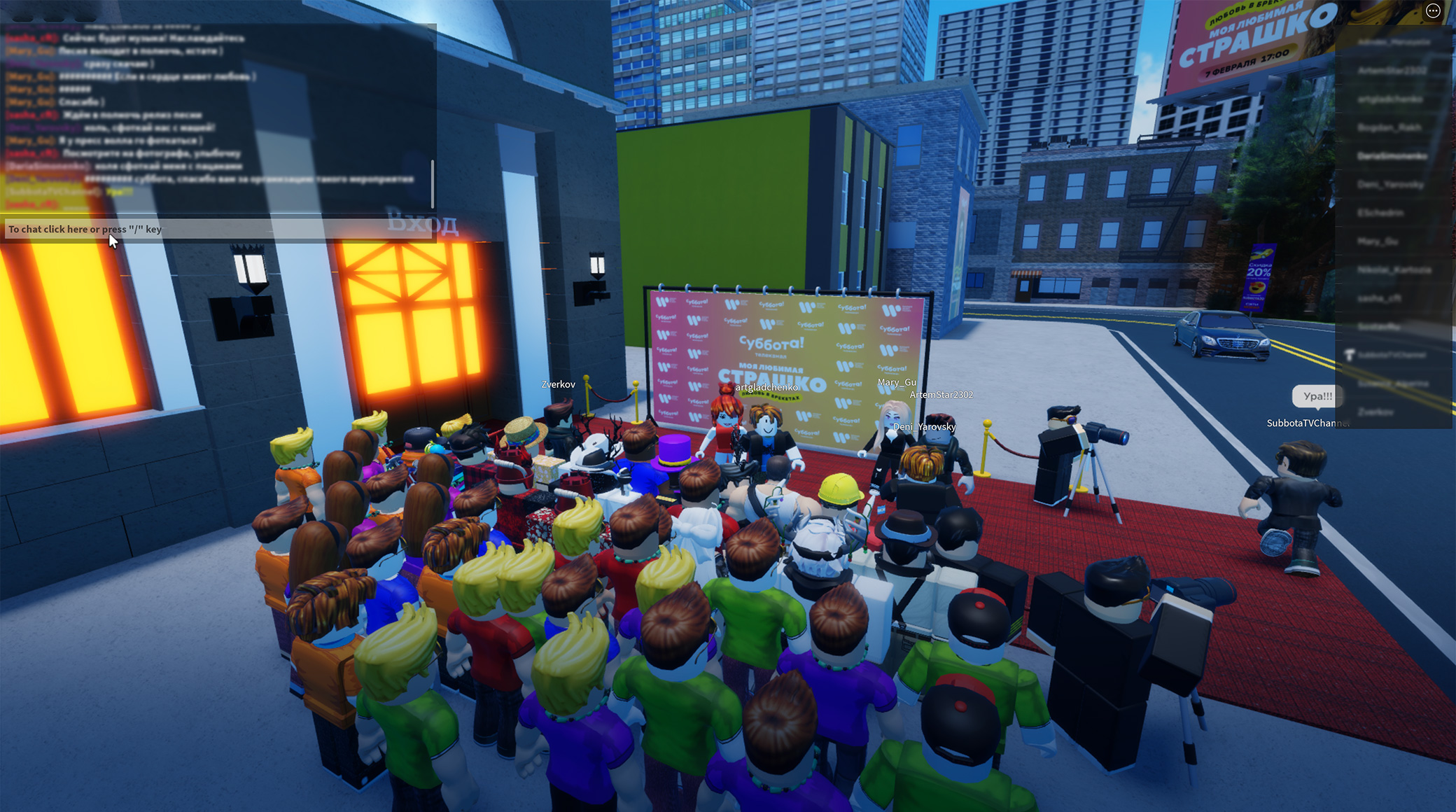
presentation of the series "My beloved Strashko" in the metaverse
The guests of the event were journalists from leading media who were able to visit the event with the help of their digital avatars, and the audience reached more than 12 million people.
Head of the Center for Experimental Technologies of the Digital Laboratory of GPM CI
NFTs
A non-fungible token (NFT) is a technology that allows you to authenticate and secure the ownership of a digital object of art, collectibles or other things. NFTs are unique, it is impossible to find two identical tokens or replace one with the other, since each of them is protected by a blockchain - a digital system that reflects all transactions.
NFT is another way to promote new projects. In June 2022 "Saturday!" held the first NFT collaboration in Russia between an animation brand and a TV channel, releasing an exclusive NFT collection of Smeshariki characters and playing it among TV viewers.
Viewers of the Mask show on NTV also touched the NFT. For the premiere of the third season, the channel presented unique NFT illustrations with new masks. Spectators could receive prizes on the site, which united all competitions into a single digital universe. At each stage of the competition, more than 10,000 people collected a complete collection of cards.
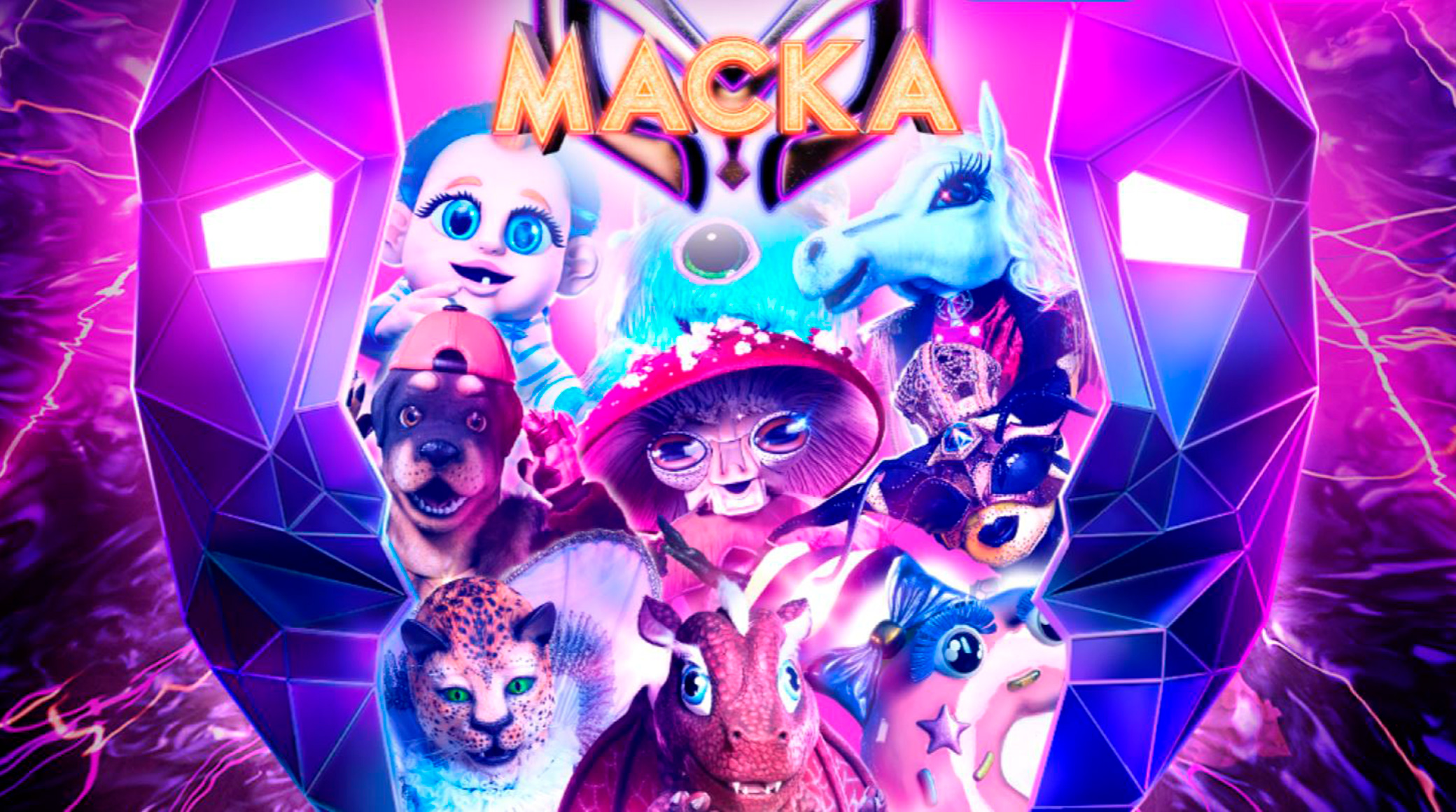
Head of Digital Laboratory GPM CI
Digital avatars
CGI (computer-generated) influencers are virtual characters created using computer technology and graphics. Avatars have their own accounts, social media audiences, even advertising contracts with famous brands. Each of them has its own distinctive characteristics, unique appearance and behavioral features.
Such a hero appeared at TNT in 2021, when the channel’s employees, after analyzing the audience of popular platforms, created a girl character – an active user of social networks, a host of streams, and a participant in advertising integrations. So the virtual blogger Anna was born.
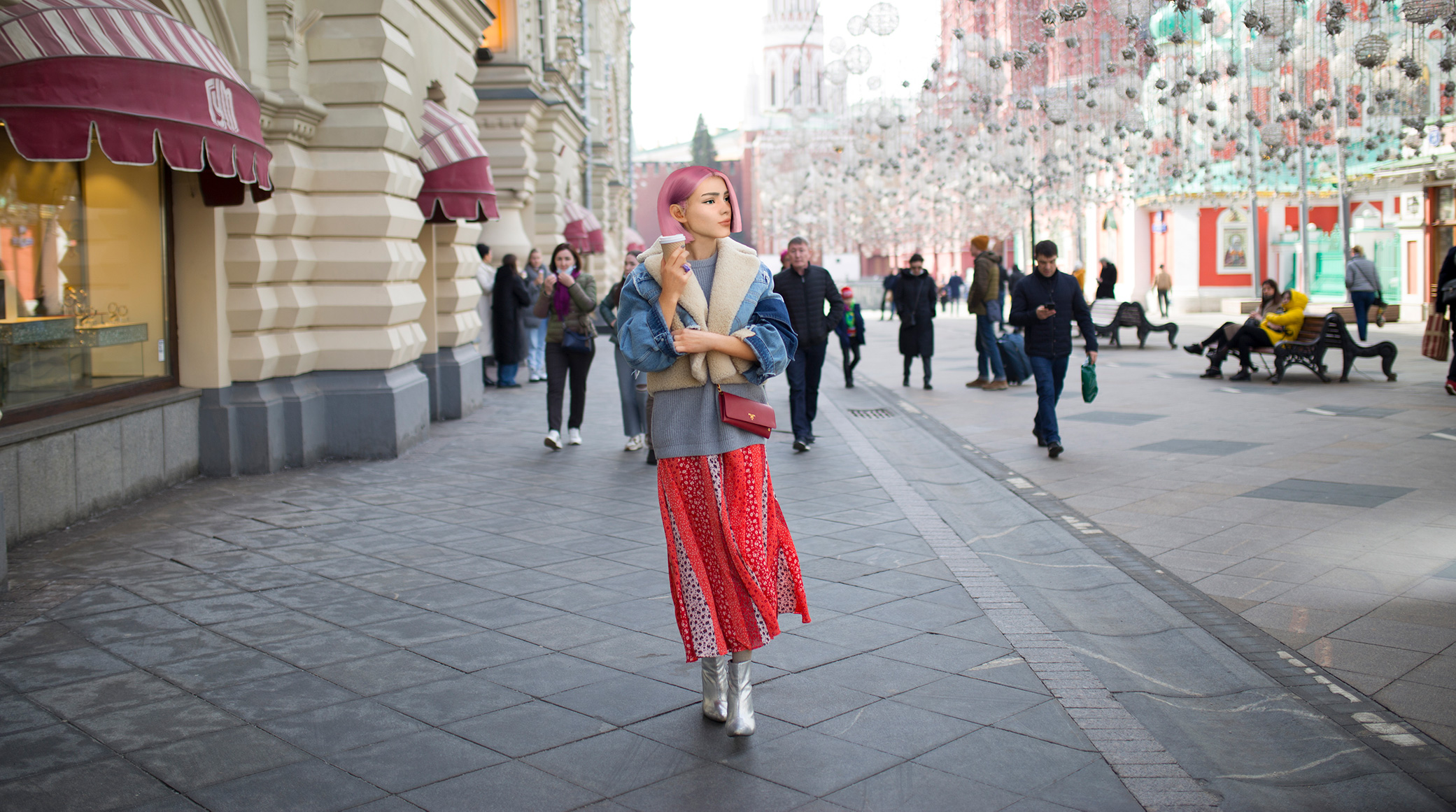
virtual blogger Anna
With the help of a neural network, Anna can synthesize her voice, and deepfake technology allows you to superimpose the avatar's face on the real figure of the model and produce new content.
Virtual influencers also work on other TV channels of Gazprom-Media Holding. For example, in September 2021, Panda Friday presented the new season of Fridays! - in the Moscow Depo food mall, six commercials with the channel's projects were shown on a 3D cube. Another virtual character has become an influencer for Saturday! – half llama, half alpaca Josephine will not only live on the air of the TV channel and in the digital environment, but will also become a tool for advertising integration.
Head of Digital Laboratory GPM CI
Generative technologies
Generative technologies allow generating images and videos using artificial intelligence (AI), restoring and coloring old films.
With the help of deepfake technology, actor Pavel Maikov was rejuvenated by 15 years for his role in the TV series "Contact", which was released on PREMIER and TNT. This is the first such application of the technology on the Russian TV screen, which made it possible to do without expensive computer graphics and outdated make-up. An important aspect of using face-de-aging technology is that it does not replace real acting and does not affect the expressiveness of the actors in the frame.
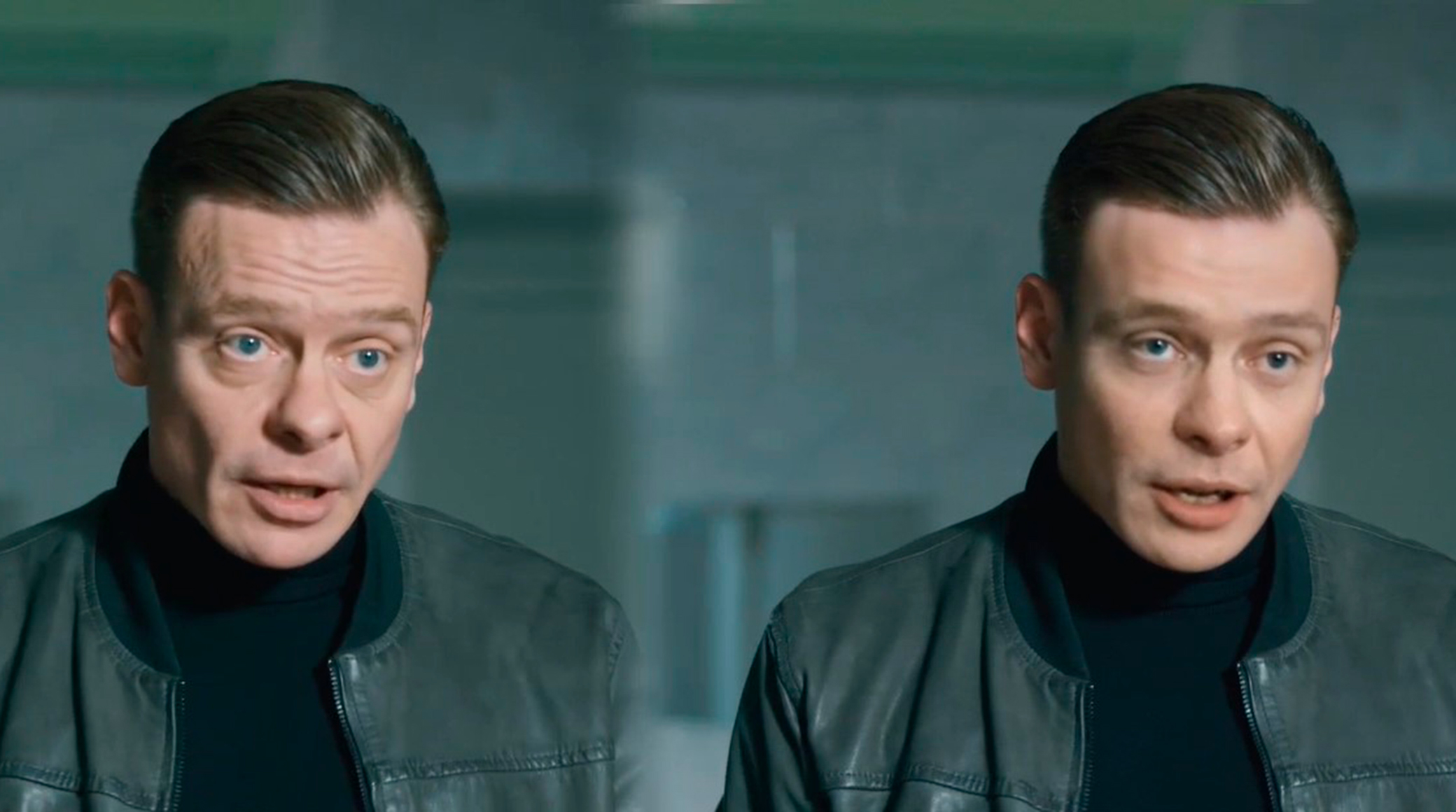
Head of Digital Laboratory GPM CI
Recommender systems
Recommender systems, using machine learning and data science technologies, are able to predict the content that the viewer is most likely to like.
There are four types of recommender systems. In the first type, the user is offered content similar to what he has already watched. The second one recommends materials that were liked by other users who are similar in terms of socio-demographic criteria. The third type offers content based on the analysis of knowledge about the user obtained outside the service. The fourth, hybrid type, combines the functions of all the previous ones.
director of business development RUTUBE
Head of the Center for Experimental Technologies of the Digital Laboratory of GPM CI





